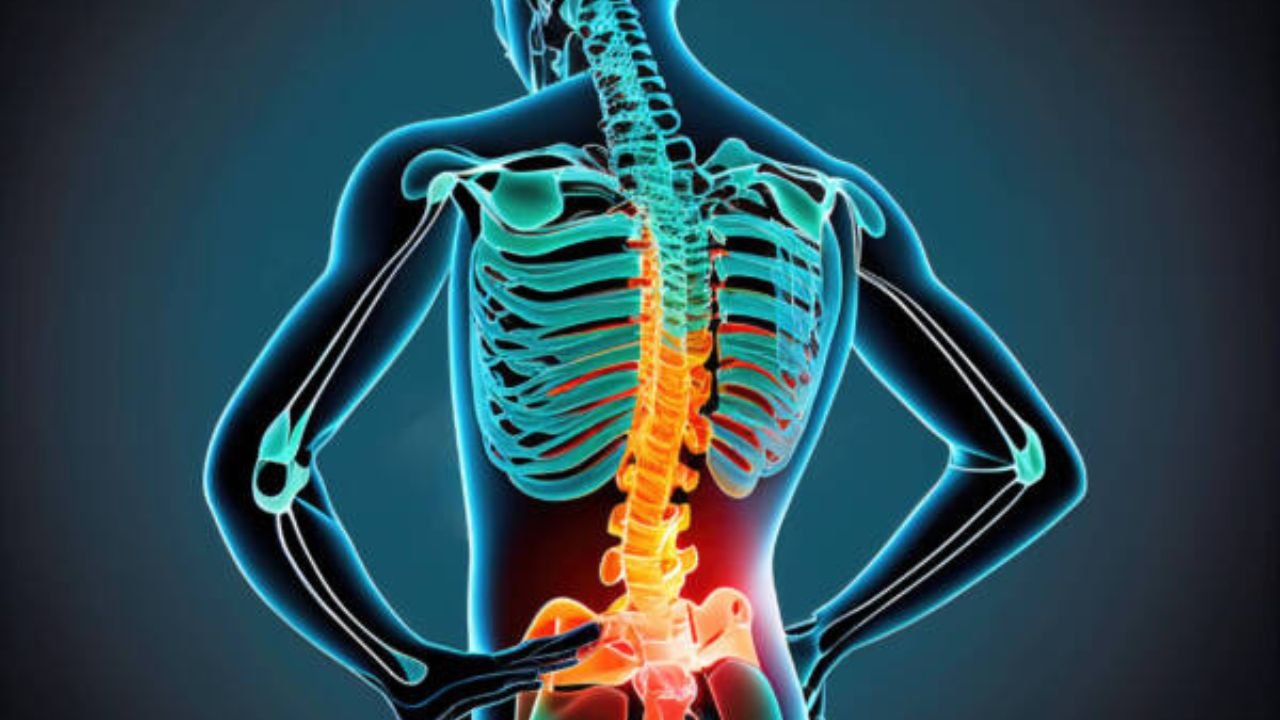Office chair syndrome is an increasingly common health issue arising from sitting in the same position for long hours. With the rise of computer-based jobs, many people spend 7-8 hours daily seated in chairs, often without proper posture or movement. This prolonged sitting causes excessive pressure on the spine, hips, and legs, leading to changes in their natural alignment and shape. Over time, this can weaken muscles, reduce bone density, and increase joint stress. The condition primarily affects those with desk jobs and minimal daily physical activity, starting with mild discomfort but potentially progressing to serious problems like spinal disc issues and slip discs.
The Impact of Prolonged Sitting on Muscles and Bones
Sitting for long periods causes muscle imbalances and skeletal distortions, especially affecting the spine, neck, shoulders, and hips. Poor posture or constant bending disrupts the spine’s natural curvature, leading to back pain, slipped discs, and abnormal bone shapes. Additionally, prolonged sitting reduces blood circulation, particularly in the legs, raising the risk of swelling, varicose veins, and related complications. The constant pressure weakens bones and muscles, potentially resulting in osteoporosis and joint instability. This instability can affect walking patterns and increase the risk of falls or injuries. The lack of movement also slows metabolism, increasing chances of weight gain and metabolic diseases such as diabetes and hypertension.

How Sitting Changes Bone Structure Over Time
Dr. Akhilesh Yadav, Unit Head of Orthopedics at Max Hospital, explains that continuous sitting applies uniform pressure on specific body parts, causing bones to gradually lose their natural shape. For example, the spinal curve may become overly straight or excessively bent, hips may widen outward, and knee joint angles may shift. This bone deformation occurs faster in children and young adults because their bones are still developing, while in older adults, these changes take longer but can lead to severe problems over time. Such structural changes not only cause pain but also reduce mobility and quality of life.
Simple Steps to Prevent Office Chair Syndrome
Preventing office chair syndrome requires conscious effort to break the cycle of prolonged sitting. Experts recommend standing up every 30 to 40 minutes to stretch or walk for 2-3 minutes. Adjusting the workstation ergonomically is crucial — the monitor should be at eye level, and the chair and table height must support a healthy posture. Using ergonomic chairs that provide proper spinal support helps maintain the natural curve of the spine. While sitting, feet should rest flat on the ground to reduce strain. Regular physical activity, such as a daily 30-minute walk or exercise routine, can significantly strengthen muscles and improve circulation. Drinking water frequently also encourages movement and breaks sedentary habits.
The Importance of Awareness and Healthy Work Habits
As more people work in sedentary environments, awareness about office chair syndrome becomes essential. Employers and employees must prioritize ergonomics and encourage breaks to promote physical well-being. Simple changes in daily habits can prevent chronic pain, improve posture, and reduce the risk of serious musculoskeletal disorders. By staying active and mindful of sitting posture, individuals can protect their bones and muscles, ensuring better health and productivity in the long run.






